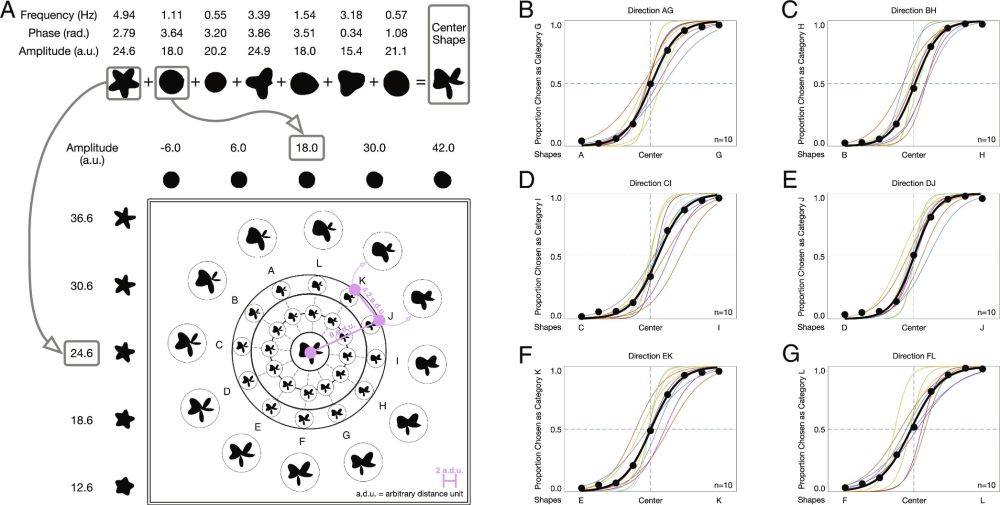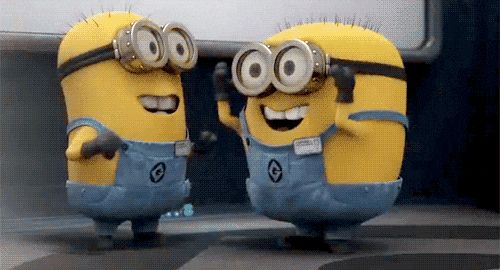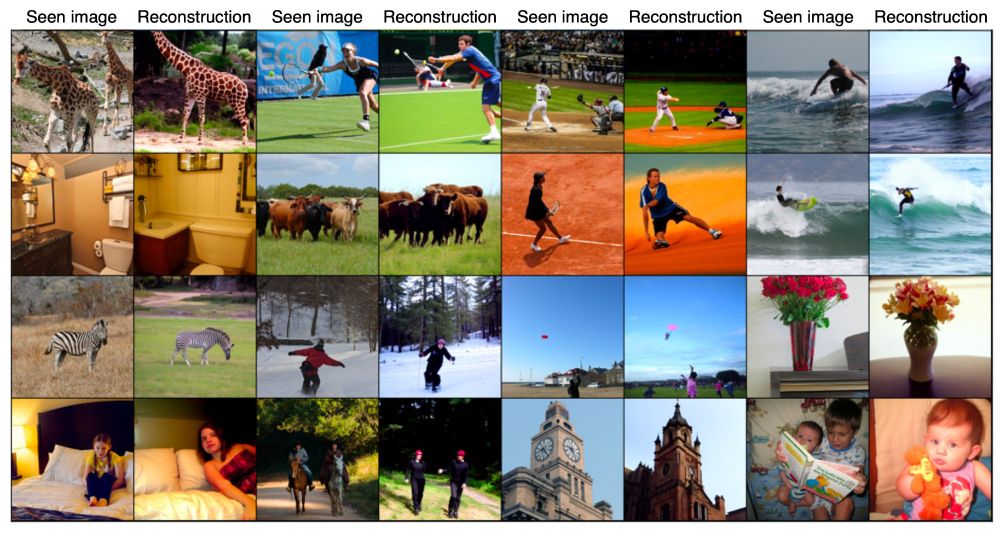https://compmem.princeton.edu
/thread
I have RA, PhD, and postdoc positions available! Come work with me on neural network models + experiments on human memory!
RT appreciated!
(1/5)
www.quantamagazine.org/how-event-sc...





www.pnas.org/doi/10.1073/...



Paper: https://tinyurl.com/4b3k95rd
Code: https://tinyurl.com/mr25rk9e
#neuroskyence #psychscisky #neuroai (1/5)
Paper: https://tinyurl.com/4b3k95rd
Code: https://tinyurl.com/mr25rk9e
#neuroskyence #psychscisky #neuroai (1/5)
URL: shorturl.at/tT246
Here’s a summary:
1/n

#neuroskyence
#psychscisky
#neuroskyence
#psychscisky
We reconstruct seen images from fMRI activity using only 1 hour of training data.
This is possible by first pretraining a shared-subject model using other people's data, and then fine-tuning on a held-out subject with only 1 hr of data.
arxiv.org/abs/2403.11207

We reconstruct seen images from fMRI activity using only 1 hour of training data.
This is possible by first pretraining a shared-subject model using other people's data, and then fine-tuning on a held-out subject with only 1 hr of data.
arxiv.org/abs/2403.11207
URL: arxiv.org/abs/2312.08519
(1/N)
URL: arxiv.org/abs/2312.08519
(1/N)
Using real-time fMRI neurofeedback, this study finds that high co-activation of memories in visual cortex leads to less memory discriminability in hippocampus.
#PsychSciSky #neuroskyence

Using real-time fMRI neurofeedback, this study finds that high co-activation of memories in visual cortex leads to less memory discriminability in hippocampus.
#PsychSciSky #neuroskyence
Updated camera ready paper is also now live on arxiv: arxiv.org/abs/2305.182...
Includes new expts, appendix figures, more references to other work 🧠📈

Updated camera ready paper is also now live on arxiv: arxiv.org/abs/2305.182...
Includes new expts, appendix figures, more references to other work 🧠📈

